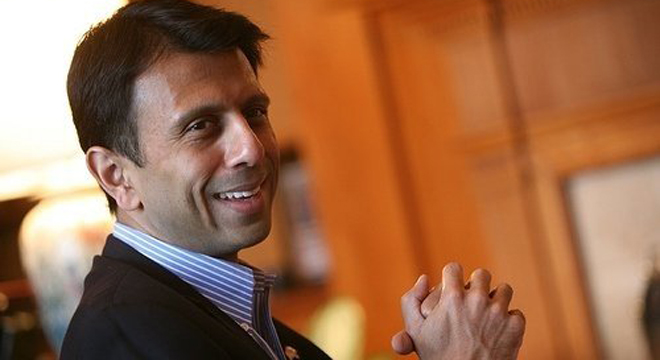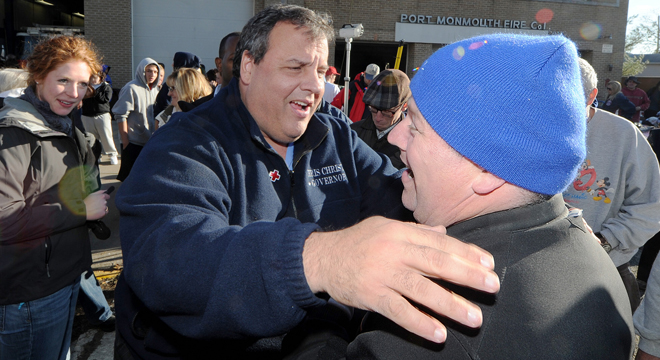President Obama sure looked like a two-term president in November 2008 as he presided over an electoral map more dominant than many thought possible after two ultra-polarized contests in 2000 and 2004. But with a weak economy that shows little signs of serious improvement before election day, things are going to be a whole lot tougher this time around. Will his wide playing field from 2008 hold up again four years later?
The good news for Obama is that even though he’s heading for a tough fight, few of his 2008 swing states have moved off the board entirely. Indiana, a narrow and surprising blue state that year, is likely unwinnable. But other states that moved into the Democratic column for the first time in decades — namely and Virginia and North Carolina — are still looking like competitive races.
In 2010, however, Democrats were destroyed in large part because the electorate that showed up was older, whiter, more conservative, and less-educated. With Obama on the ticket, turnout is likely to be much higher among Democratic base voters than in the midterms, but losing the white vote big is still a major concern. The biggest danger might be Republican gains in states that Democrats had begun to treat as more durable holds, especially in the Rust Belt. Pennsylvania, which Democrats won twice against President Bush, is a particular problem. A sagging approval rating among less educated white voters creates potential problems with additional states, including Wisconsin and Michigan. Smaller state that are wavering: New Hampshire, where Romney’s close ties would give the GOP an added boost as well should he secure the nomination, and Iowa, where Republicans are currently getting intense local media coverage for their primary.
But the demographic trends that buoyed Obama in 2008 — namely, a growing base of Hispanic voters, and an influx of educated professionals into the South — have only gotten stronger. At the liberal Center for American Progress, Ruy Teixeira and John Halpin recently put out a detailed study analyzing Obama’s strengths among the three most distinct major voting groups: minorities, college-educated whites, and whites with lower levels of education. Obama’s strength in the last presidential election was his ability to rack up huge margins and turnout with the first group, split the vote with the second, and keep the third from becoming a total wipeout. And because the share of the electorate in 2012 is likely to include more minority voters and more college educated voters, he has more leeway to underperform with white voters and still win re-election.
“On the national level, given solid, but not exceptional, performance among minority voters, Obama’s re-election depends on either holding his 2008 white college-graduate support, in which case he can survive a landslide defeat of 2010 proportions among white working-class voters, or holding his slippage among both groups to around 2004 levels, in which case he can still squeak out a victory,” they conclude. “Conversely, if Republicans can cut significantly into Obama’s white college-graduate support and then replicate the landslide margins they achieved among white working-class voters in 2010, then they are likely to emerge victorious.”
Looking at this in this in terms of states, it means Democrats might be able to offset the loss of a state like Ohio that’s more dependent on the white working class vote by winning big out West, where the growing Hispanic population plays in their favor. Colorado looks to be a crucial player once again and Democrats are eyeing Arizona, which went for native son John McCain in 2008, as a potential pickup thanks to a backlash over its anti-immigration crackdown. And in Virginia, North Carolina, and Pennsylvania, the Obama campaign thinks a less significant but growing Hispanic population will give them a boost as well. But even in the Rust Belt, Democrats get a demographic bump: the CAP study shows a higher concentration of college educated whites in Iowa, Michigan, Minnesota, Ohio, Pennsylvania, and Wisconsin versus 2008. If Obama can keep these voters from abandoning him, he can survive some erosion elsewhere.
It’s also possible that Obama’s polling strength is slightly depressed right now. With the election a year out, he’s been largely judged in a vacuum against either an ideal version of himself or against a “generic” Republican in voters’ minds up to this point. But as Romney looks more and more like a general election nominee, voters seem to be warming to Obama a bit. His approval ratings are slowly ticking back up from their summer lows and there are signs his more populist message is gaining traction. A recent poll of swing states by Purple Strategies showed Obama improving his position into a tie with Romney, even as he still faces dangerously low approval ratings.
But the various swing states this year don’t exist in a vacuum. While at the margins, Obama’s built-in demographic advantages might eke out enough wins in some hotly contested swing states to survive losing several other key states, they’re still likely to break together as a group with the national trends. Just as John McCain lost nearly every swing state in 2008 as Obama racked up 53% of the vote, Obama is going to have a tough time holding any contested states if his approval rating is anemic come November.
“He’s not going to run the same in most states but surge or drop dramatically in a handful of battleground states,” political scientist Jonathan Berenstein wrote in a recent blog post. “It doesn’t work like that.”









